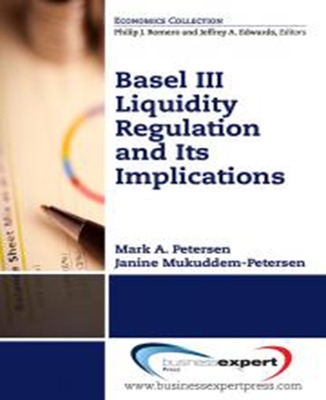The financial crisis of 2007-2009 had a deleterious effect on liquidity in the global banking system, resulting in the introduction of the new Basel III liquidity regulation. In this book, we apply such regulation to global liquidity data for 391 hand-selected LIBOR-based banks in 38 countries for the period 2002 to 2012. We show how to develop a framework for proposed Basel III liquidity regulation and demonstrate how to decide on methodologies for studying the aforementioned regulation. Basel III emphasizes both the use of liquidity coverage ratios (LCR) and net stable funding ratios (NSFR) as measures of liquidity risk. We show how these ratios may be approximated to measure risk and how liquidity affects bank insolvency and failure. Using LIBOR-OISS, we also demonstrate how market-wide liquidity risk was a major predictor of bank failures in 2009 and 2010, while idiosyncratic liquidity risk (determined by other liquidity risk measures) was a less reliable predictor. Further, we determine how to analyze the connections between Basel III liquidity regulation and bank capital. Finally, we discuss how the implementation of Basel III liquidity regulation will affect sovereign credit as well as macroeconomic variables such as GDP, investment, inflation, consumption, personal disposable income, personal savings and employment. The book is intended to be used in executive banking courses, advanced undergraduate, Masters and MBA courses in banking; by banking practitioners, consultants and in consulting seminars as well as banking libraries.
- ISBN13 9781606498729
- Publish Date 16 May 2014
- Publish Status Transferred
- Publish Country US
- Imprint Business Expert Press
- Format Paperback
- Pages 120
- Language English
